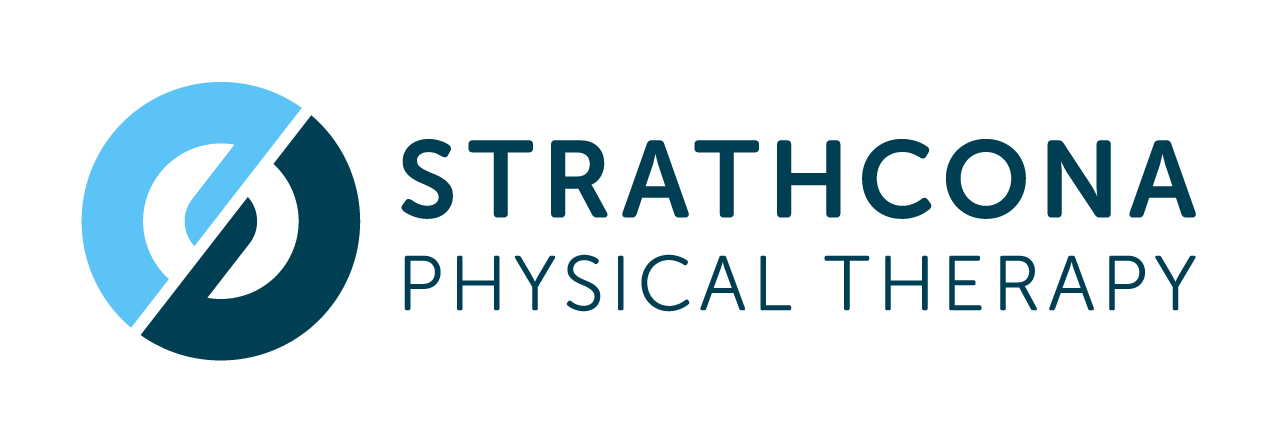Understanding Dry Needling and Its Effects on Muscle Guarding and Mobility Restrictions in the Jaw
Muscle guarding and mobility restrictions in the jaw, often resulting from conditions such as temporomandibular joint disorders (TMD), can significantly affect one’s quality of life, causing pain, difficulty in chewing, and even impacting one's speech. Among the various treatments available, Intramuscular Stimulation (IMS), commonly referred to as dry needling, has emerged as a promising approach. This blog post delves into how dry needling works to alleviate these symptoms and examines the evidence supporting its effectiveness.
What is Dry Needling?
Dry needling is a physical therapy technique that involves inserting a thin, sterile needle into specific points of the muscle, known as trigger points. The aim is to release muscle tension, alleviate pain, and improve functionality. Unlike acupuncture, which is based on traditional Chinese medicine and focuses on balancing the body's energy flow, dry needling is grounded in Western medicine principles, specifically targeting muscular issues.
How Does Dry Needling Work for the Jaw?
Muscles around the jaw, including the masseter, temporalis, and pterygoid muscles, can become tight due to various reasons, such as stress, teeth grinding, or direct injury. This tightness can lead to muscle guarding — a protective response causing muscles to contract to minimize movement and prevent further injury. Over time, this can limit the jaw's mobility, leading to stiffness and pain.
Dry needling intervenes by targeting these tight, contracted muscle fibers. The insertion of a needle into a trigger point can cause a local twitch response — a brief contraction followed by an immediate relaxation of the muscle. This response helps to break the cycle of pain and muscle guarding. By releasing the tension in these muscles, dry needling can improve mobility in the jaw, reduce pain, and alleviate associated symptoms such as headaches and neck pain.
Evidence Supporting the Effectiveness of Dry Needling
The effectiveness of dry needling in treating musculoskeletal conditions has been the subject of numerous studies. A systematic review and meta-analysis published in the "Journal of Orthopaedic & Sports Physical Therapy" found that dry needling is effective in reducing pain and improving mobility in the short term for various musculoskeletal issues. Although the study primarily focused on conditions such as shoulder pain and lower back pain, the underlying mechanism of dry needling — reducing muscle tension and improving blood flow — is applicable to muscle guarding and mobility restrictions in the jaw.
Specific research focusing on the jaw and TMD is somewhat limited but growing. A study published in the "Journal of Physical Therapy Science" explored the effects of dry needling on patients with TMD, noting significant improvements in pain intensity and jaw function after treatment. Participants reported less pain during activities such as chewing and speaking, highlighting the potential benefits of dry needling for individuals suffering from jaw-related issues.
Conclusion
Dry needling presents a compelling option for managing muscle guarding and mobility restrictions in the jaw. By directly targeting muscle tension and trigger points, it can provide relief from pain and improve jaw mobility. While more research is needed to fully understand its effects specifically on jaw-related conditions, the existing evidence supports its use as part of a comprehensive treatment plan for musculoskeletal disorders. As with any treatment, it's important to consult with a healthcare professional to determine if dry needling is appropriate for your specific condition.
References:
Dommerholt, J., & Fernández-de-Las-Peñas, C. (2019). Trigger Point Dry Needling: An Evidence and Clinical-Based Approach. Elsevier Health Sciences.
Mejuto-Vázquez, M. J., Salom-Moreno, J., Ortega-Santiago, R., Truyols-Domínguez, S., & Fernández-de-las-Peñas, C. (2014). Short-term changes in neck pain, widespread pressure sensitivity, and cervical range of motion after the application of trigger point dry needling in patients with acute mechanical neck pain: A randomized clinical trial. Journal of Orthopaedic & Sports Physical Therapy, 44(4), 252-260.
González-Iglesias, J., Fernández-de-Las-Peñas, C., Cleland, J. A., & Huijbregts, P. (2009). Short-term effects of cervical kinesio taping on pain and cervical range of motion in patients with acute whiplash injury: A randomized clinical trial. Journal of Orthopaedic & Sports Physical Therapy, 39(7), 515-521.
